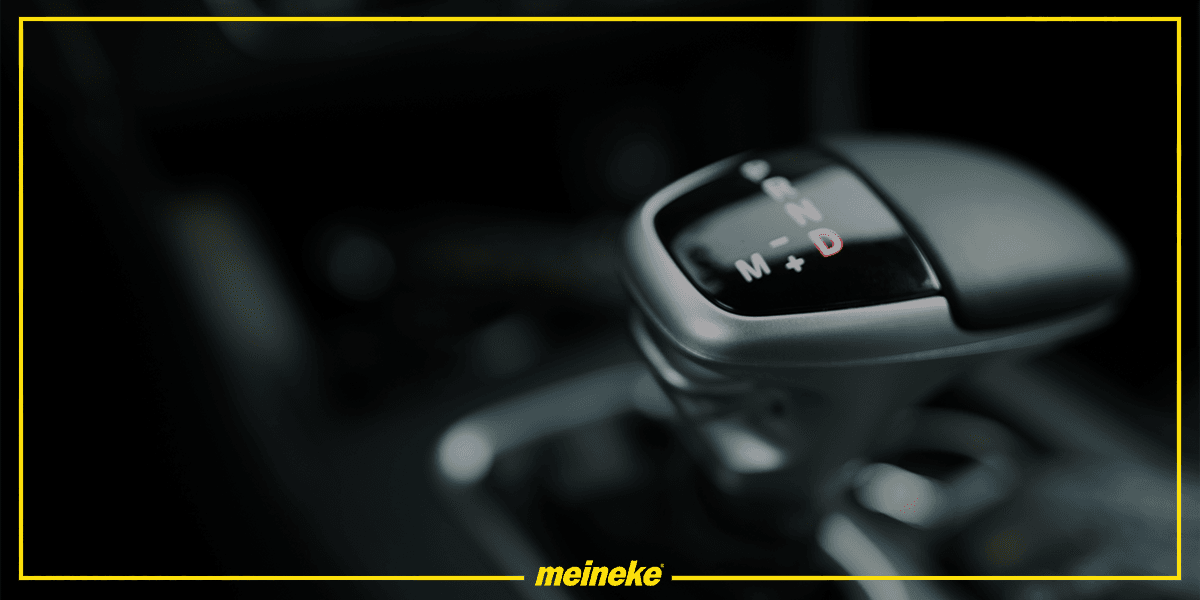
June 23, 2018
What Does a Transmission Do?
The job of a car’s transmission is to make sure that the right amount of power goes to your wheels to drive at a given speed. It works by shifting gears in a very similar fashion to what you see on a multi-speed bicycle. On a bicycle, if the chain is off, the car won’t go, and if the chain is in too high a gear, you’ll have trouble getting started from a stop. The same principle applies to your transmission, and if you don’t keep it well-maintained, you’ll lose fuel economy or maybe not even be able to drive at all.
How a Manual Transmission Works
A manual transmission is basically a more powerful version of a bicycle’s gear shifter. Even though there’s no chain in your car like there is in a bicycle, the engine and transmission have to be temporarily disconnected just like a bicycle chain is temporarily lifted off of the gears when you shift up or down. In your car, pushing the clutch disconnects the engine and transmission. When you adjust the gear shifter, it has the same effect as moving the bicycle chain and moves your car into a new gear. Once you’re in new gear, you can release the clutch and drive on.
How Does an Automatic Transmission Work?
An automatic transmission is essentially an automatic gear shifter. Instead of manually shifting the gears with a clutch on a manual transmission car or a gear shifter on a bicycle, the automatic transmission does everything for you. Have you ever heard the sound of your engine getting higher, then lower as your car accelerates? A car in a low gear will start struggle as its pushed to higher speeds. A car with an automatic transmission has a torque converter that senses these changes as you accelerate and shifts you to a higher gear. The same process works in reverse as you slow down.
How Do You Check Transmission Fluid?
First, read your car’s manual to determine whether or not it should be running when you perform the check. This varies by model, and you won’t get an accurate reading if your engine is off when it should be running. Open your hood and look for the transmission fluid dipstick (be sure not to confuse it with your oil dipstick). The dipstick should be covered in fluid when you remove it, and it should go all the way up to the full indicator line on the dipstick. To verify the accuracy, wipe the dipstick with a clean rag, and perform the check again. If everything is OK, replace the dipstick and close your hood.
When to Change Transmission Fluid
Each manufacturer has different recommendations for when to change the transmission fluid in their cars. Some recommend as often as every 30,000 miles, while others don’t recommend a change until 100,000 miles. Check the maintenance schedule in your car’s manual, and remember that following that schedule may be necessary for keeping your warranty valid. The regular maintenance schedule isn’t the only thing to consider, though. Regular means just that — regular, average, typical-situation driving. The way you use your car could require you to make more frequent transmission fluid changes or allow you to risk going longer without a change. If you frequently push your car with hard accelerations, stop and go traffic, or pulling trailers, you’ll need to check your transmission fluid more frequently than recommended to make sure it’s still in good condition.
How to Add Transmission Fluid
If your transmission fluid is low when you check it, you can simply top it off. Remove the dipstick and pour the transmission fluid into that tube. Go slowly because adding too much can damage your engine just as much as not having enough can. Don’t be afraid to add a little at a time and use the dipstick to check your progress. If your transmission fluid isn’t in good condition or you aren’t sure if it is, you may want to consider having a mechanic flush your system and replace all of the fluid instead of just topping it off.
What Color is Transmission Fluid?
Transmission fluid is dyed pink or red for easy visibility. The fluid should be translucent and clean enough to see through. Visible dirt or a dark color may be signs of degraded transmission fluids or transmission problems. Never solely rely on the color, though, because the color can fade or become darker over time, and the color of the dye used can vary by manufacturer. Additionally, not all problems affect the color, in the same way, so always have a mechanic look at your car if you suspect something may be wrong — a diagnostic fee is far less than the cost of a new transmission.
What Kind of Transmission Fluid Should You Use?
Each model of car has specific specifications for the type of transmission fluid it needs. These specs are based on the running temperature of the engine and other factors unique to each model. For best performance and to avoid possible damage, always use the transmission fluid recommended by your car’s manufacturer (check the manual). Also, remember that using the wrong type could void your warranty. When adding transmission fluid, avoid mixing types even if your car can use both to avoid possible side effects. Don’t take chances with one of your car’s most important mechanical systems. For expert advice and service on your transmission fluid, bring it to your local Meineke Car Care Center today.



